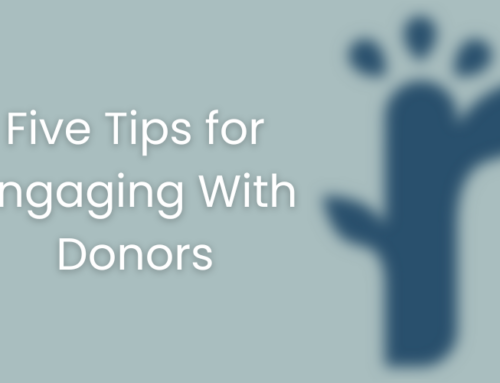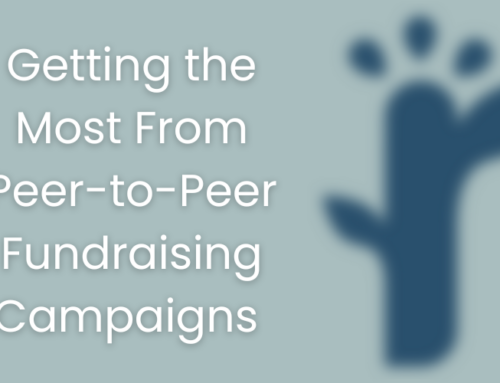No matter where you turn, social media has an outsized impact on our lives and our culture. Nearly everything seems to run through social from grandma’s recipes to serious business and virtually every brand you can think of has a presence on at least the major platforms.
Nonprofits are no different. Many use social media as a tool to share their mission, raise funds, and create awareness around their organization and its impact. However, when using social media to engage donors and raise funds, it’s important to follow a few best practices.
Develop Your Plan and Establish Your Goals
The best social media campaigns are always well thought out, with a set goal (or goals) in mind. Start with your goal; are you looking for more donations, or to promote a specific event? Determine what success looks like based on your situation and then develop a detailed plan to achieve those goals. Be sure to start at the very beginning with what may seem like minutiae — who’s our target audience, what platforms are we going to use, what content do we already have and what needs to be created, how frequently should we post, etc. — and work from there.
Create Engaging Content
When developing a social media fundraising campaign it’s important to know your audience and to produce content that they will find engaging. You should have a good idea of your audience from your planning sessions, which is knowledge that you can use to develop videos, posts, polls, and more that will help you achieve your goals.
Interact With Influencers
Though perhaps not as important as generating a steady stream of useable content, influencer marketing still has its place in the nonprofit world. When considering influencers, think local instead of national. Is there a local TV or radio personality that could be a champion of your cause? Partnering with local influencers shows potential donors that you’re committed to the community as well as your cause.
Show Supporters How They are Making a Difference
Everyone wants to see results, especially when they are financially invested. As your campaigns progress be sure to post regular updates on not only fundraising progress, but also how the campaigns are making an impact in the community and among the people you serve. Short videos, testimonials, and images showing this impact are just a few types of content you can share.
Celebrate Milestones and Major Donations
Much like showing donors how their support is making a difference, it’s beneficial to celebrate reaching fundraising milestones and major donations. Doing so allows both current and prospective donors to see the success of the campaign, potentially spurring further donations. Additionally, major donors should always be recognized, unless they specifically ask to remain anonymous. Corporate donors, in particular, typically appreciate the good press that their brands receive as a result of partnering with nonprofits.
Use Analytics to Refine Your Campaign
As with any social media campaign, it’s important to track the key performance indicators that matter for your campaign so that you may make changes based on performance. Each major social media platform has built in analytics that can give you information vital to analyzing the performance of your campaign. Additionally, Google Analytics can give you a great idea of the amount of traffic your campaigns are driving to your website. From there, you can track form completions and other key events that will give you a clear picture of your campaign’s effectiveness.
Social media is a critical tool that, when utilized properly, can have a huge impact on your fundraising efforts. Having a clear plan on how to achieve your social campaigning goals, showing progress and impact, and refining as necessary based on data will help you better connect with your audience and achieve your fundraising goals.


